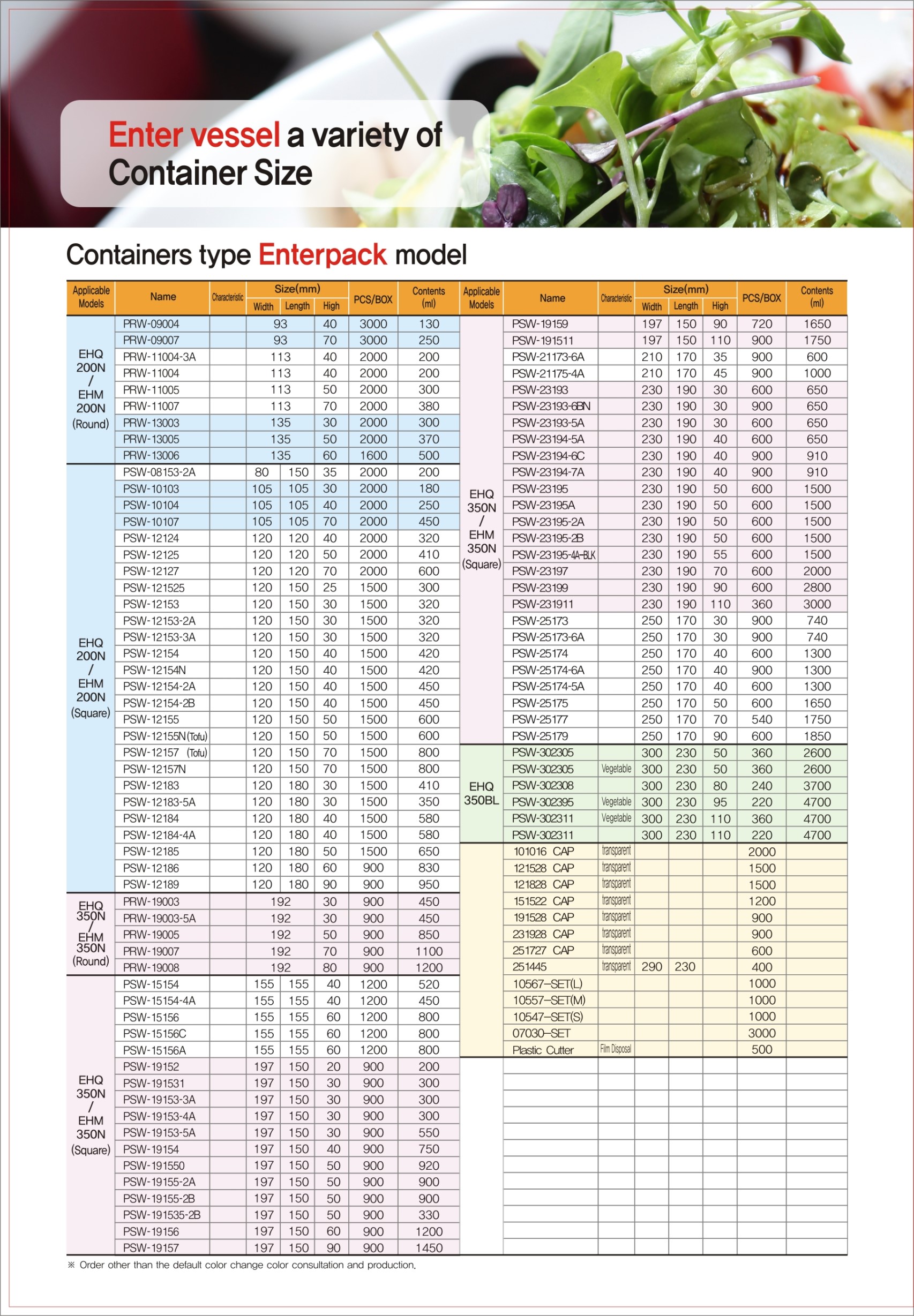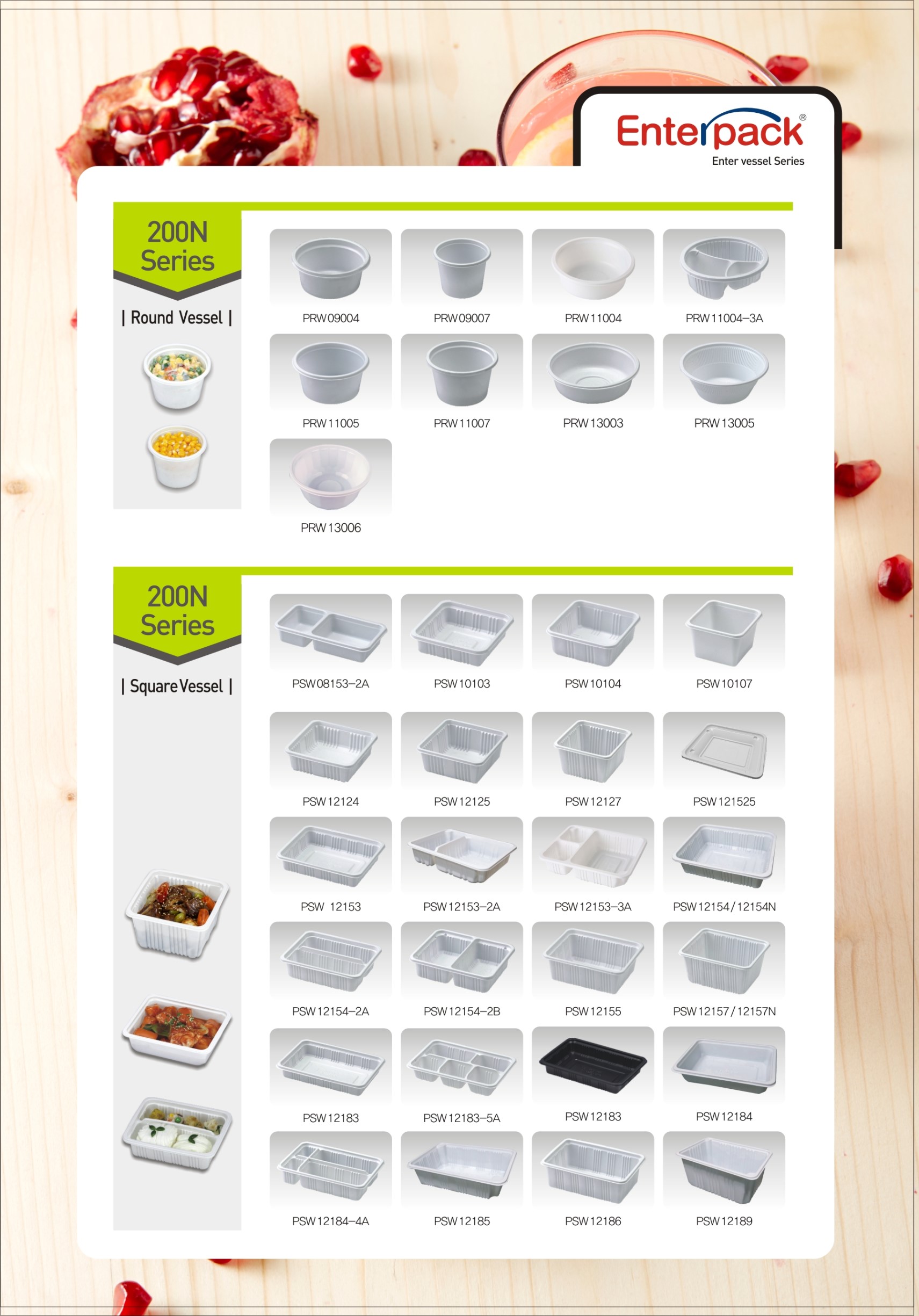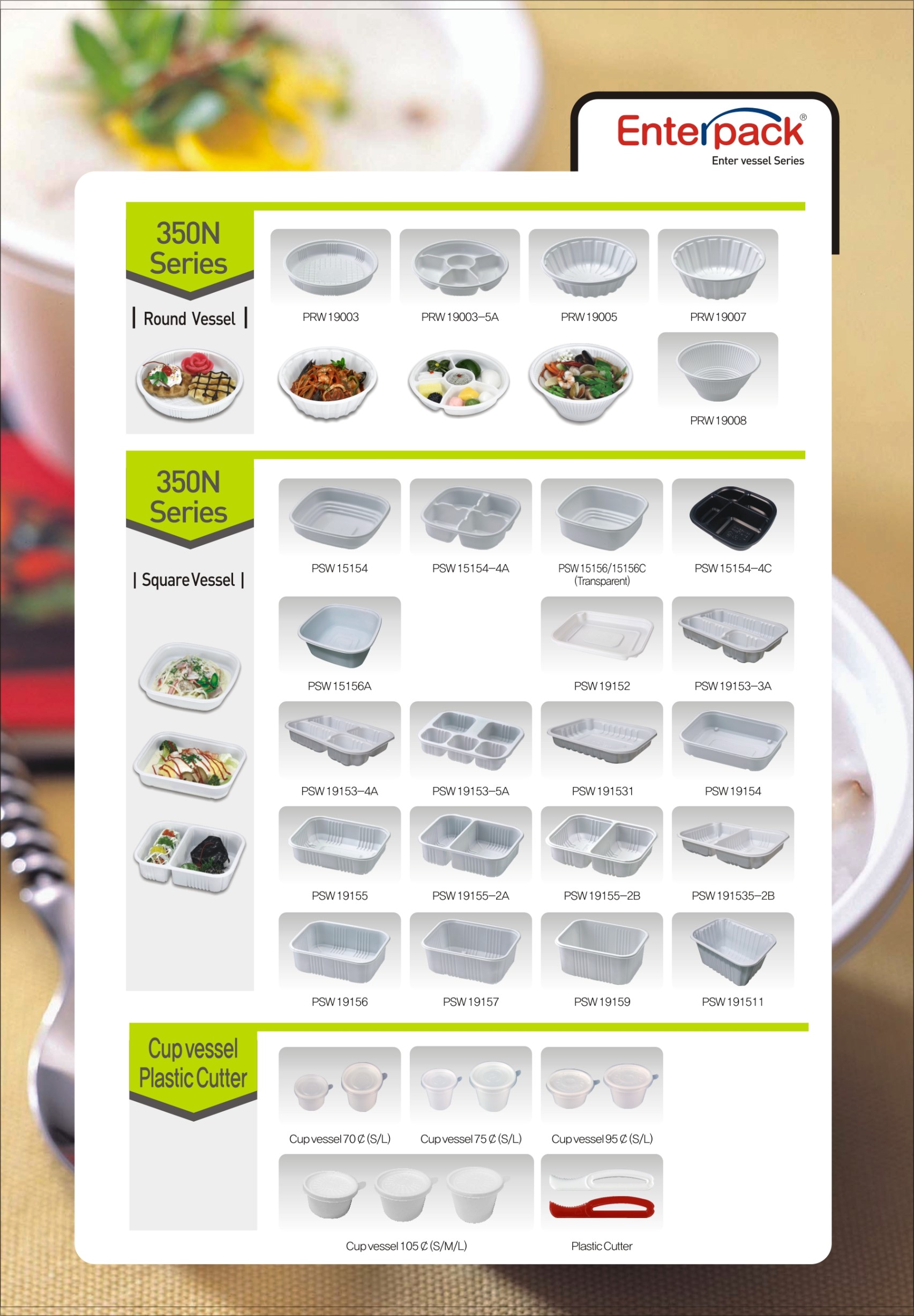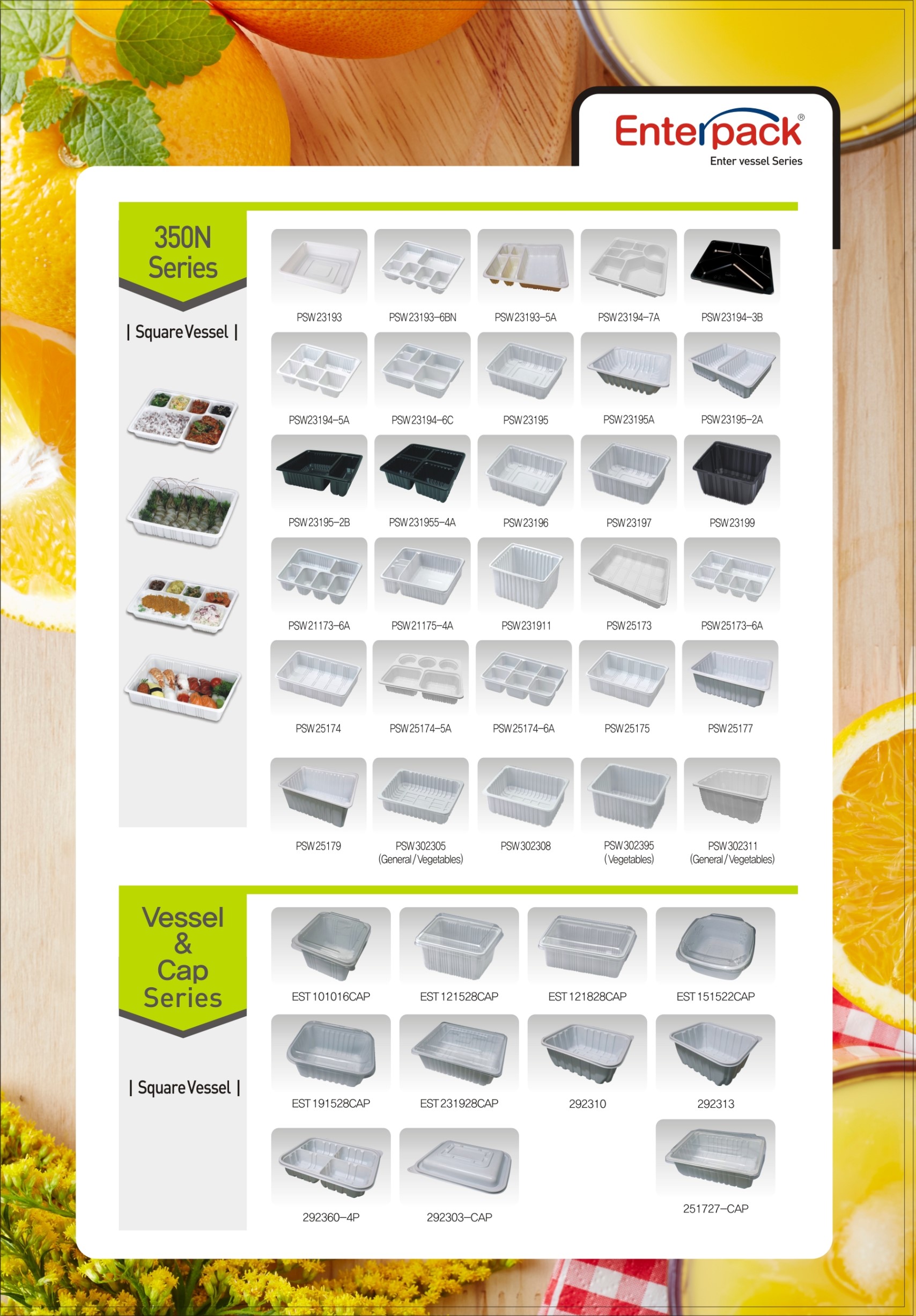
06 Aug Food packaging trends, opportunities and the role of AI
Food packaging plays a crucial role in ensuring the freshness, safety, and appeal of products from production to consumption. It acts as a barrier, protecting food from moisture, contamination, light, air, and physical damage, all while providing convenience for consumers. The food packaging industry is continuously evolving, driven by changing consumer preferences, technological innovations, and environmental concerns.
Let’s take a closer look at the latest trends and opportunities shaping the future of food packaging.
One of the most prominent trends in food packaging is the shift towards sustainability. As environmental concerns rise, consumers and manufacturers alike are seeking biodegradable, recyclable, and compostable materials such as paper, cardboard, and plant-based plastics. This movement away from single-use plastics is also being driven by government regulations that aim to reduce plastic waste. Moreover, the industry is moving towards lightweight packaging to minimise carbon footprints and transportation costs.
With busy lifestyles becoming the norm, there is a growing demand for packaging that caters to convenience. Consumers prefer packaging that is easy to open, resealable, microwavable, and portable. This trend has given rise to single-serve and portion-controlled packaging, especially for snacks, ready-to-eat meals, and beverages. On-the-go food packaging solutions are more popular than ever, reflecting the fast-paced world we live in.
The rise of smart and intelligent packaging has opened up new possibilities for the food industry. Packaging equipped with QR codes, NFC tags, and time-temperature indicators (TTIs) can provide consumers with real-time information on the product’s freshness, traceability, and sustainability. Active packaging with moisture and oxygen absorbers is helping extend the shelf life of products, while also ensuring food safety and quality.
In addition to functionality, food packaging is becoming more aesthetically pleasing. Brands are increasingly investing in high-quality, visually appealing packaging designs to differentiate themselves in a competitive marketplace. Natural textures, eco-friendly inks, and transparent packaging that showcases the product inside are gaining popularity, as they help build trust and convey sustainability values.
In a post-pandemic world, consumers are more concerned about hygiene than ever before. Tamper-evident packaging that ensures food safety is in high demand. Additionally, the growth of online food delivery has fuelled the need for safe, hygienic packaging solutions that protect the integrity of food during transit.
Artificial Intelligence (AI) is making significant strides in improving the food packaging industry. From enhancing the quality of packaging to offering personalized consumer experiences, AI is unlocking new levels of performance. AI-powered vision systems can detect packaging defects—such as tears, leaks, and incorrect labelling—faster and more accurately than manual inspections. This real-time monitoring ensures consistent packaging quality, reducing waste and recalls.
AI is also enabling predictive maintenance of machinery, reducing downtime and preventing costly breakdowns. Furthermore, AI-driven robots are streamlining packaging lines, increasing speed, and reducing human error. One of the most exciting innovations is interactive packaging. QR codes or smart labels integrated with AI systems can provide consumers with real-time information about ingredients, product origin, and sustainability. Personalised promotions and consumer experiences are now possible through AI algorithms that tailor messages based on consumer behavior.
Moreover, AI is aiding in the development of smarter barrier properties that help extend shelf life by monitoring freshness. AI-powered tools are also helping brands design eco-friendly packaging by optimising material usage while maintaining durability and aesthetics.
The food packaging market is being driven by several factors, including the globalisation of food trade and innovation in new food packaging materials. As international food trade expands, there is a greater need for packaging that ensures product integrity during long-distance transport. In addition, consumers’ growing demand for clear, informative packaging with nutritional facts and ingredient transparency is pushing brands to adopt innovative solutions.
However, the market is not without challenges. Strict regulatory compliance and recycling and waste management issues pose significant barriers. The food packaging industry faces evolving regulations related to safety, labelling, and material usage, which require significant investments in research and development. Even when recyclable packaging is used, improper recycling infrastructure in many regions results in waste that often ends up in landfills, limiting the impact of sustainable packaging efforts.
The rapid urbanisation and growth of online food delivery are presenting significant opportunities for food packaging companies. As more consumers opt for online grocery shopping and meal delivery services, there is a higher demand for tamper-proof, durable, and insulated packaging. Urbanisation also drives the need for portion-controlled and single-serve packaging, making it a key focus for manufacturers.
Another major opportunity lies in the growth of the bakery and confectionery industries, which are witnessing constant demand due to the rising trend of snacking and indulgence. Packaging solutions for these products must maintain freshness and appeal, leading to a growing need for innovative packaging designs.
Asia Pacific is the largest market for food packaging, driven by the region’s expanding e-commerce platforms and online food delivery services. The food processing industry in Asia is growing rapidly, leading to increased demand for efficient and attractive packaging solutions. In China, for example, the market for food packaging is booming due to the large population and growing middle class, which is increasingly seeking premium, hygienic, and branded food products.
North America is expected to grow at the fastest rate, supported by a strong infrastructure for food safety and logistics. The rise of online grocery shopping and meal kit services in the U.S. and Canada is further fuelling demand for high-quality packaging solutions that prioritise food protection and sustainability.
The food packaging market is undergoing a major transformation, driven by technological advancements, changing consumer preferences, and growing environmental concerns. As manufacturers continue to innovate, AI and sustainability will play pivotal roles in shaping the future of food packaging. With smart, eco-friendly solutions, and a focus on consumer convenience and safety, the food packaging industry is set to evolve to meet the needs of a dynamic and ever-changing global market.
ที่มา: https://www.londondaily.news/food-packaging-trends-opportunities-and-the-role-of-ai/










Sorry, the comment form is closed at this time.